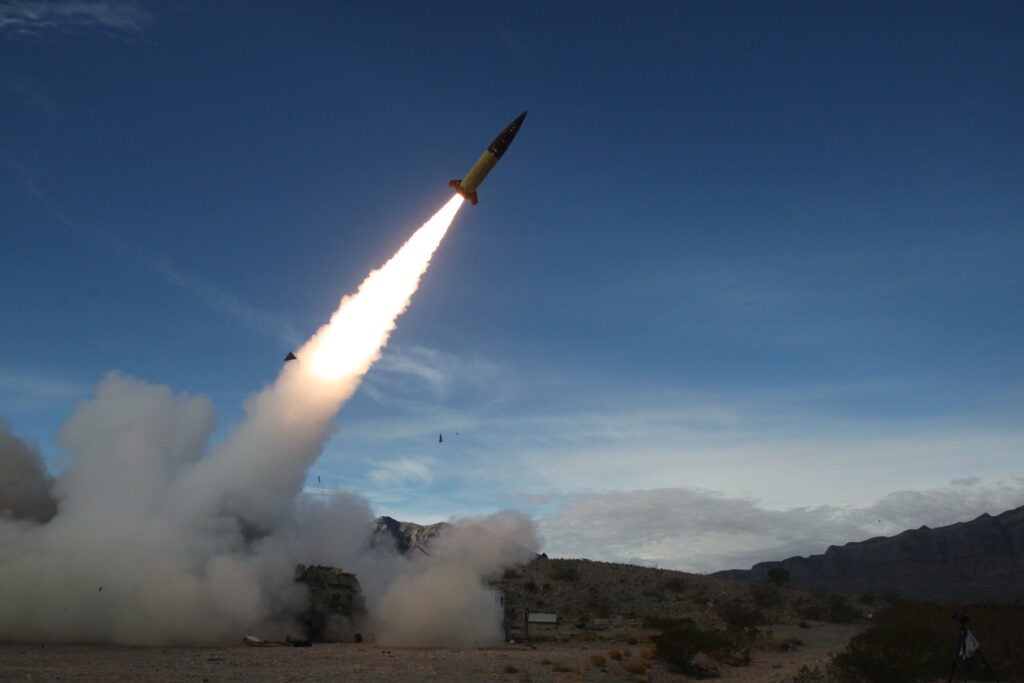ATACMS Strikes Russian Base In Crimea With Huge Success
The proliferation of ballistic missile strikes against the Russian military in Crimea continues as the Balbek Airbase, one of the largest bases in Crimea, was struck by MGM-140 tactical ballistic missiles fired by Ukrainian HIMARS. As a result, several Russian systems and planes have been damaged and destroyed.
The previous strike aimed at the Dzhankoi air base in April led to the destruction of an entire battery of S-400 air defense missile launchers and a radar station, alongside munitions storage and S-300 launchers. This Russians air defenses did not manage to intercept the missiles and fell victim to the strike along with their crews.
At Belbek even more damage was caused by the ATACMS strike with other components of the Russian air defense being destroyed. According to available imagery and satellite imagery as a result of the strike 4 Russian jets, including two MiG-31s were damaged, while a single S-300 a single S-400 launcher, and 92N6E missile control radar were destroyed.
The potency of the MGM-140 tactical ballistic missile should not be underestimated in the ongoing conflict. ATACMS has proven as a great weapon for penetrating Russian air defenses which now seem defenseless against American-made weapons. Ukrainian Armed Forces now have the capacity to strike every Russian asset in its occupied territories and if necessity occurs, bases on the Russian soil can also be hit.
The recent claim by US Secretary of State, Anthony Blinken, may add to the fire. During his official visit to Kiyv Blinken stated that the Ukraine has a free hand on how it’s going to wage the war and use US weapons. Blinken stated:
“We’ve not enabled or encouraged strikes outside of Ukraine, but ultimately, Ukraine has to make decisions for itself about how it’s going to conduct this war.”
This may mean a new approach for the Ukrainian Armed Forces in the upcoming weeks with attacks on Russian military infrastructure being targeted with US ballistics missiles within the Russian Federation. This could drastically change the operations of Russian frontline aviation forcing a redeployment of its infrastructure and logistics much further from the border with Ukraine.

